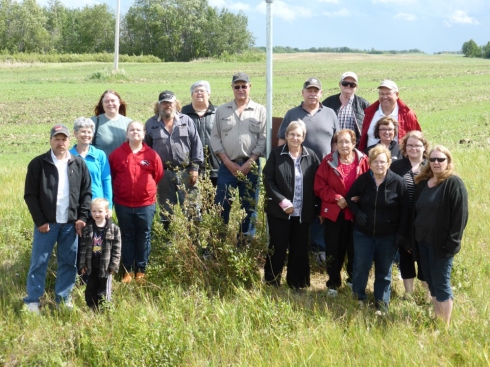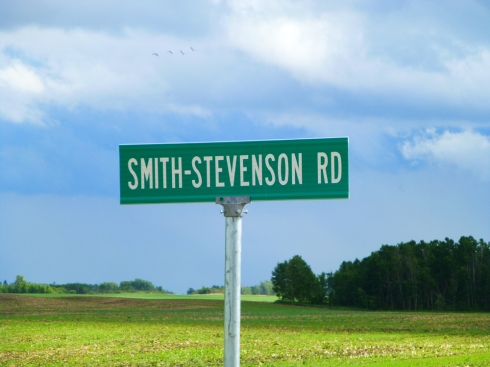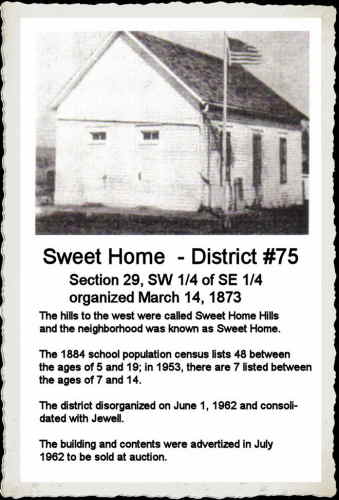How does your family history speak to you?
Find that savoir faire in the pages of family story which make it unique, and quintessential.
Oh! If only the family tree had in it a famous actor or actress!

“The future is for everyone, not far, it’s just tomorrow.” Aulig Ice, “The time is not there for us to act any more, the time we waited for is here right now for us to act brightly and create a bright future, for the future coming generations.”
Not all family trees have someone “notable” within the branches. However, is it true that when documenting the family tree the only anecdotal stories come from those family members who survived a cyclone, fought in a rebellion, saved countless lives during a flood, participated in the court hearings of a hanging. Should stories of that which is the biggest, or the first ever be the only stories and ancedotes of note in the family history?
The genealogist has in front of them an amazing legacy to bring forth to future generations. As memory fades, as each generation dies and is replaced by the next the family tree record holds greater importance. The preservation of photographs, letters, and diaries is as important as the recording of reminiscences.
A primary source document holds true for a genealogist as they weave the family story. From notebooks to cookbooks, from parish records to tales of the old sports team, each piece of memorabilia is a chapter in the family historian’s chronicle. The children who grow up within the family are as important as the housewife seeking a midwife when birthing her next child, the harvesting gang or the child playing tunes on their school recorder…. each have their own hopes and fears, dreams and disappointments.
“The biggest challenge facing the great teachers and communicators of history is not to teach history itself, nor even the lessons of history, but why history matters. How to ignite the first spark of the will o’the wisp, the Jack o’lantern, the ignis fatuus [foolish fire] beloved of poets, which lights up one source of history and then another, zigzagging across the marsh, connecting and linking and writing bright words across the dark face of the present. There’s no phrase I can come up that will encapsulate in a winning sound-bite why history matters. We know that history matters, we know that it is thrilling, absorbing, fascinating, delightful and infuriating, that it is life.”
Stephen Fry
Take an interest in an “unconventional source” or artifact passed from cousin to cousin. Why did this particular piece come forward? What does it say about its original owner who took such pride in it? Like a document, a photograph or an artifact can reveal its history to the researcher only insofar as the researcher knows what questions to ask. The more and better the questions, the further the insight the genealogist can glean.
“History repeats itself in that, from afar, we all seem to lead exactly the same life. We are all born; we all spend time here on earth; we all die. But up close, we have each walked down our own separate paths. We have stood at our own lonely crossroads. We have touched the lives of others at crucial points, for better or for worse. In the end, each of us has lived a unique life story, astounding and complicated, a story that could never be repeated.” ~ Edward Bloor.
The defining moment comes when it is time to tell that story.
“Few will have the greatness to bend history itself; but each of us can work to change a small portion of events, and in the total; of all those acts will be written the history of this generation.” ~Robert Kennedy
Note The new provincial Saskatchewan Region Gen Web is online at https://saskgenweb.site123.me the original Saskatchewan Region Gen Web site is under maintenance by Ancestry/Rootsweb.com. Check periodically for progress on the historical site http://www.rootsweb.ancestry.com/~cansk in the meanwhile please check out https://saskgenweb.site123.me/









